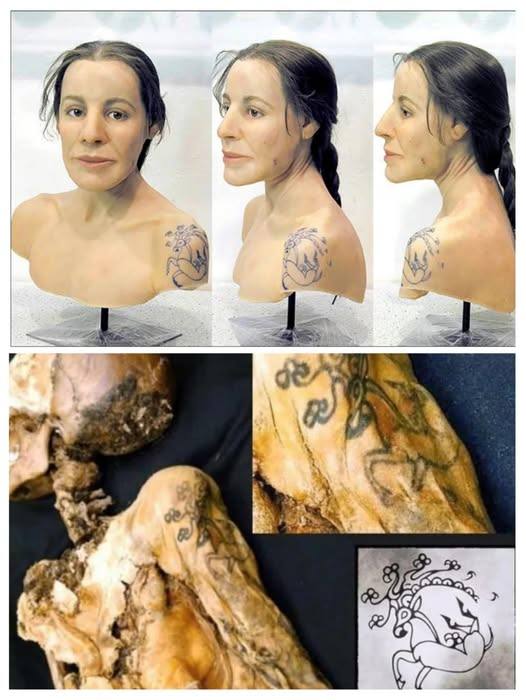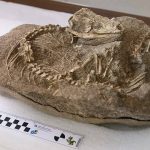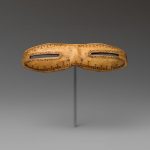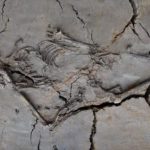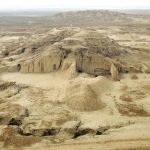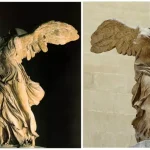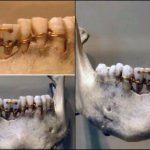The Siberian Ice Maiden: Secrets of the Frozen Princess
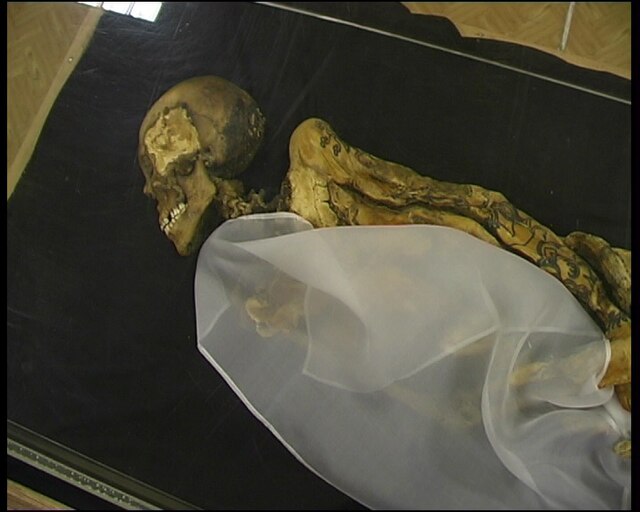
In the remote reaches of the Altai Mountains—where Russia, Mongolia, China, and Kazakhstan meet—lies a timeless world, preserved beneath layers of permafrost. For centuries, this frozen earth kept hidden the stories, traditions, and beliefs of ancient peoples. In 1993, a team of Russian archaeologists, responding to a report of a grave robbery, began excavating a site on the Ukok Plateau near the Russia–China border. What they uncovered was extraordinary: a massive block of ice buried within a burial mound.
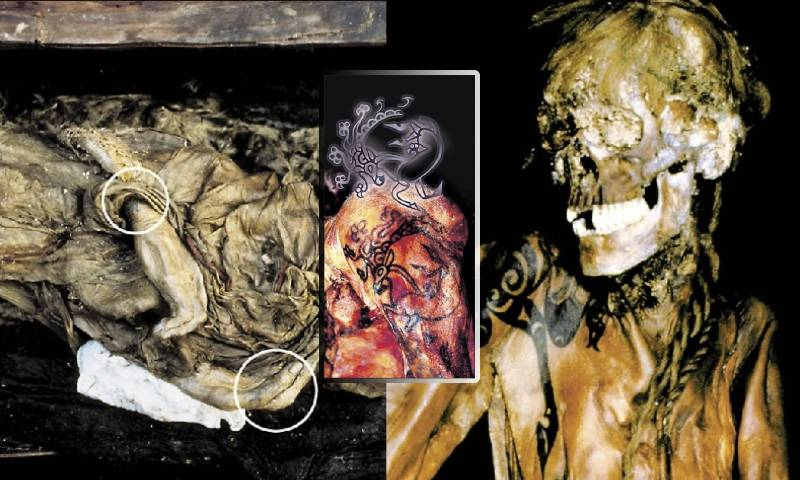
Led by Dr. Natalya Polosmak of the Institute of Archaeology and Ethnography in Novosibirsk, the team carefully melted the ice. Inside, they found the remarkably preserved body of a young woman—later named the Siberian Ice Maiden or the Princess of Ukok—believed to be around 25 years old. Her mummified body, adorned with intricate tattoos, offered a rare and vivid glimpse into the Pazyryk culture, a nomadic people who roamed these steppes over 2,500 years ago.

She had been buried with six horses, positioned in a radial pattern, signifying her high status. Alongside her were various grave goods, including saddle components, harnesses, and even a wooden table still bearing traces of a meal of fatty mutton, astonishingly preserved through the ages. Yet, it was her tattoos—elaborate and symbolic—that stirred awe and fascination, revealing clues about the spiritual and cultural world she once inhabited.
